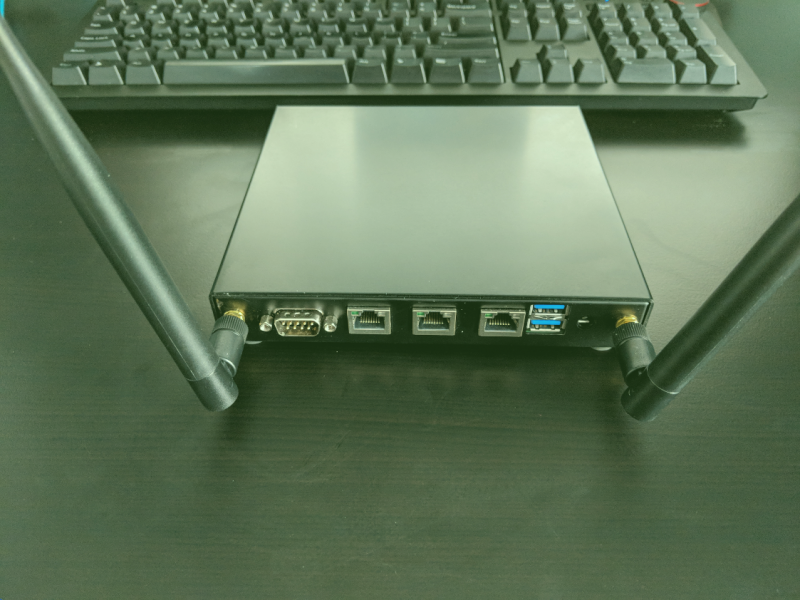Tag: alix
-
SmartOS on Alix APU2c2
Over the past few years, I’ve been using SmartOS as my hypervisor of choice coupled with a management layer called Project-Fifo. I have to say, it’s been a joy to work with. I had a couple Alix APU’s laying around and was curious how well SmartOS would run it. To begin, I downloaded the SmartOS…
-

Adding WiFi Card to Alix apu Running pfSense
I always thought it would be neat to manage my home WiFi from the same interface as the rest of my network. After eyeing the hardware for a long time and doing some research every couple months or so, I finally made the leap and purchased the necessary hardware. As I’m using an Alix apu2c2,…